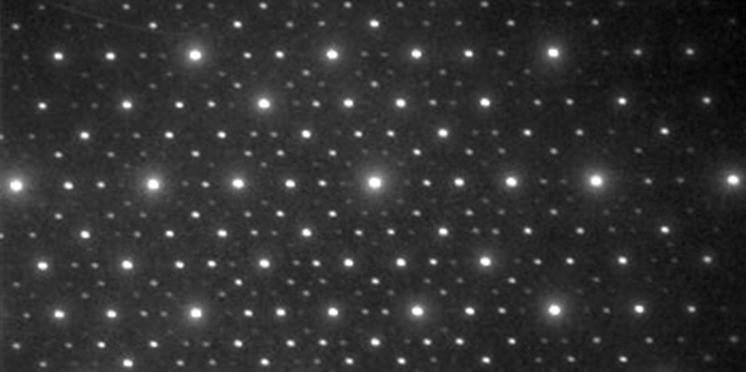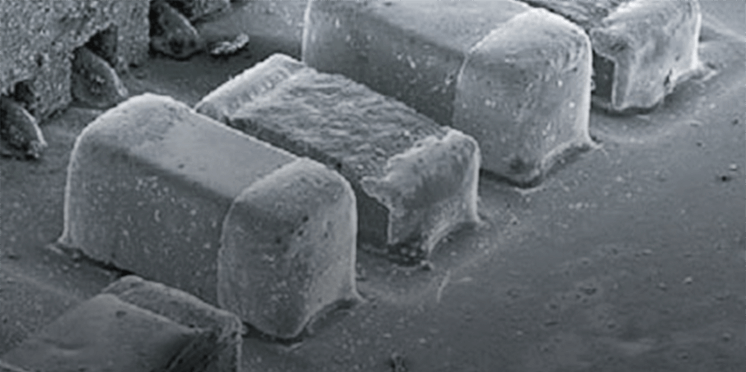振幅位相図
振幅位相図
amplitude-phase diagram
[目次:理論(電子の散乱/回折/結像)]
回折した電子波の伝播を記述するとき、その波動関数の実部および虚部を複素平面上に(x0, y0)と表示するとき、原点から点x0, y0へ引いた線の距離は波の振幅を表し、その線と横軸との成す角は波の位相を表す。これを振幅位相図という。結晶をその厚さ方向に多くの層に分け、各層での回折波の振幅と位相を順次、結晶の下面まで、図形的に足し合わせてゆくと、結晶下面での回折波の強度は、原点から得られた最終座標(x, y)へ引いた線の長さの2乗として求まる。1960年代にHirschらは、振幅位相図を用いて転位や積層欠陥の像コントラストをはじめて明らかにした。
In the case of the description of the propagation of a diffracted electron wave, let us plot the value of the wave function in the complex plane with coordinates x0, y0. The length of the line drawn from the origin to the point (x0, y0) expresses the amplitude, and the angle between the line and the horizontal axis expresses the phase of the wave. The diagram is called the "amplitude-phase diagram." When a crystal is divided into many layers in its thickness direction, the amplitude and phase of the diffracted wave in each layer is successively added until the bottom surface. The resultant intensity of the wave at the bottom surface is obtained as the square of the length of the line drawn from the origin to the final point (x, y) at the bottom surface. In 1960s, Hirsch et al., for the first time, revealed the image contrast of dislocations and stacking faults using the amplitude-phase diagram.
関連用語から探す
説明に「振幅位相図」が含まれている用語






